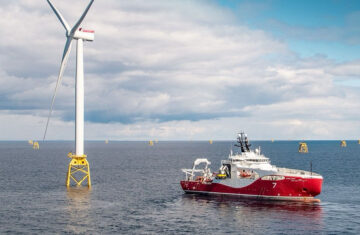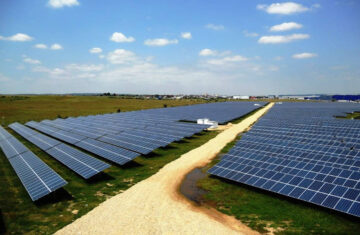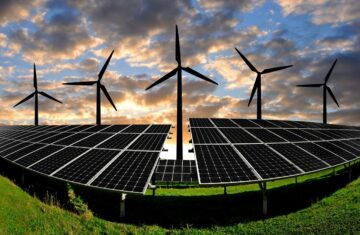Although Japan’s share of renewable energy sources in total electricity output in 2023 was 25 percent, it is still less than the average global share of over 30 percent.
Japan’s percentage is even less significant than some European nations’ shares, which exceed 80%.
According to preliminary data from the Tokyo-based Institute for Sustainable Energy Policy, the percentage of renewable energy more than doubled from roughly 10% in fiscal 2011, before the feed-in-tariff system, which was implemented in 2012 to encourage the use of clean energy, began to take effect.
The study’s chief researcher at ISEP, Hironao Matsubara, stated that the divide between EU nations and Japan was growing.
“There was not much of a gap between Japan and Europe back in 2000 or so,” he stated. “Yet Europe moved to create a market and system to cover more than half of its energy needs with solar and wind power, and as a result, Japan has lagged far behind.”
Based on statistics on power supply and demand compiled by the Agency for Natural Resources and Energy and other pertinent data, such as the amount of electricity generated for household use, the nonprofit organization determined the ratio of individual energy sources.
The results, which were made public on June 10, indicated that, up three percentage points from 2022, renewable energy sources accounted for 25.7% of the total output.
Solar energy made up 11.2 percent of the renewable energy sources, hydraulic power 7.5 percent, and biomass 5.7 percent.
Considering that wind power is a major supplier of renewable energy in the global market, the share of wind power, when it finally reached 1 percent, is insignificant.
In Japan, half of the electricity produced by renewable sources came from solar and wind power.
The analysis also revealed that, at 35.1%, May had the highest percentage of renewable energy. During that time, output outpaced consumption, which led to a reduction in the production of solar power.
The global market share of renewables surpassed 30% for the first time, according to the British energy think tank Ember.
With a 44.3 percent share of renewable energy, EU countries use far more of this energy than the rest of the world.
In Denmark, renewable energy sources provided 87.6% of the country’s energy needs. Sweden came in at 69.2 percent and Austria at 84.5 percent, respectively, after Denmark.
At 52.4 percent and 50.1 percent, respectively, Germany and Spain crossed the 50 percent threshold for the first time.
According to Ember’s report, China’s energy output was derived from renewable sources to the tune of 30.9 percent. For the United States, the comparable percentage was 22.7%.
In terms of other energy sources in Japan, thermal power accounted for 66.6 percent, a decrease of 5.8 percentage points from the year before.
The percentage of coal-fired power was 28.3 percent, up 0.5 percentage points from the year before.
The percentage of nuclear energy reached 7.7 percent, the highest level since the Fukushima nuclear accident in 2011.



